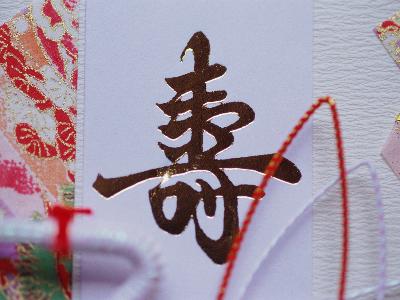|
Kouchi Festival takes place at Koza, Kushimoto-cho, Wakayama prefecture on July 24th and 25th each year. It is also known as “Mifune-matsuri”, or Boating Festival, and is held on the banks of the Koza River. The festival is designated as an important intangible folklore cultural asset by the Japanese government.
The festival dates back to the Gempei War in 12th century when the naval forces of Kumano who fought for Genji Clan celebrated their victory at Kouchi Shrine. The festival replicates the triumphal return of the military force.
Three boats decorated with vividly colored battle cloth, mizuhiki paper strings, spears, halberds and lanterns enter the river after the opening ceremony at the Koza Shrine and slowly move up to Seisho Island where Kouch Daimyoujin, the local deity, is enshrined. The boat takes two days to reach the island and therefore all prayers and offerings take place on the 25th.
Shishi dances are demonstrated in the town and an exciting boat race called “Kaitenma Kyousou” is undertaken by junior high school students further enchanting the crowd.
The festival dates back to the Gempei War in 12th century when the naval forces of Kumano who fought for Genji Clan celebrated their victory at Kouchi Shrine. The festival replicates the triumphal return of the military force.
Three boats decorated with vividly colored battle cloth, mizuhiki paper strings, spears, halberds and lanterns enter the river after the opening ceremony at the Koza Shrine and slowly move up to Seisho Island where Kouch Daimyoujin, the local deity, is enshrined. The boat takes two days to reach the island and therefore all prayers and offerings take place on the 25th.
Shishi dances are demonstrated in the town and an exciting boat race called “Kaitenma Kyousou” is undertaken by junior high school students further enchanting the crowd.
| [+ADDRESS] | 
|

















